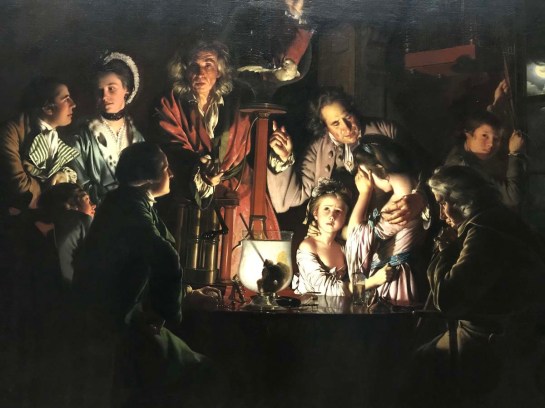







 The airship manufacturer Augustus von Parseval (1861-1942) used non-rigid propellers for his first airships, which consisted principally of cloth. It was only in operation, which means, by means of the fast rotation, that they obtained form and stability. A corresponding patent ‘Unstable air screw with fly weights’ was issued in 1908.
The airship manufacturer Augustus von Parseval (1861-1942) used non-rigid propellers for his first airships, which consisted principally of cloth. It was only in operation, which means, by means of the fast rotation, that they obtained form and stability. A corresponding patent ‘Unstable air screw with fly weights’ was issued in 1908.


The restoration and preservation of the Southampton flying boat was interesting as skills needed revival as long since discarded or new skills and techniques were developed. N9899 was rescued from being used as house boat and fully restored as the last example of fuselage made entirely of wood. 15m long and 2.5m wide the design skilfully combines aerodynamic efficiency with traditional boat building techniques to ensure good air and water performance. Thus an essentially tubular fuselage structure is built upon keel with planing surfaces similar to those of high speed launch. The hull is made on a frame of fore and aft spruce stringers on oval hoops and saddles of American elm which are planked over with two skins. The inner skin of Cedar is laid diagonally, the outer of Mahogany is laid longitudinally. the skins are separated by a varnished fabric membrane. Fixings are brass screws or clenched copper nails.
This is a Belgian-designed two-seat open cockpit touring and sporting aircraft. It seems t be the most popular and successful aircraft in European aerobatic competitions during the 50s and 60s.Belgian Jean Stampe designed the aircraft and was himself a pilot who served on the Western front during the First World War.